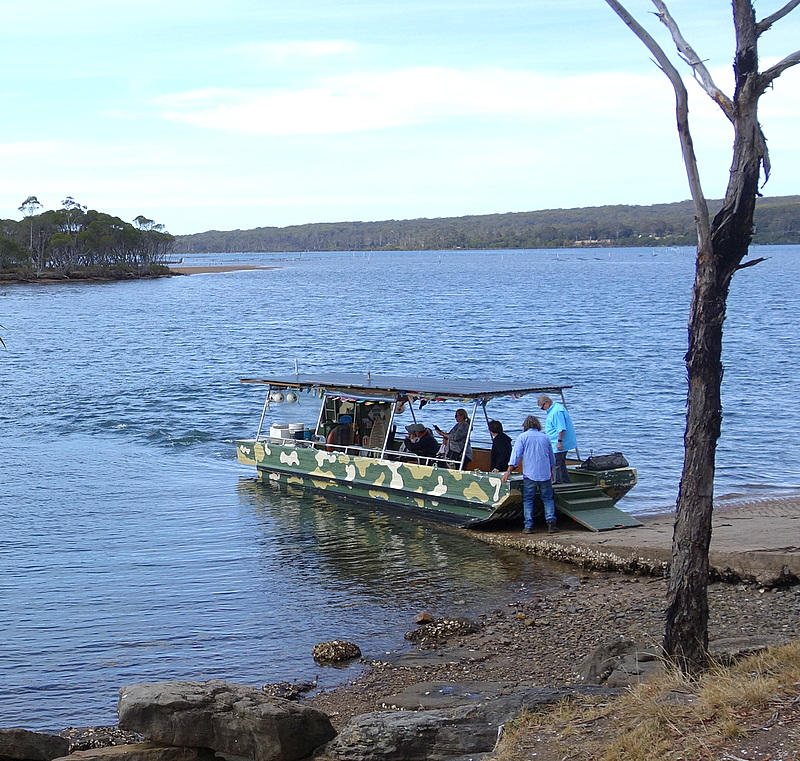
Also, snoweth and haileth. The day was a hot mess, or a frigid mess, from moment to moment, depending.

It was pretty much pissing down rain as eight of us were driven from the port of Lyttelton towards Akaroa by our guide Brent, who used to drive an ambulance, and now also drives a taxi, and a good thing too, since the roads were windy, narrow, and slick.

Whenever it wasn’t raining we paused momentarily and I hopped out for a photo. See how New Zealand is unrelentingly beautiful, even when it’s under the weather?

We stopped in Little River at a store where local people sold their excess produce out front and there were lots of nice handmade crafts within.

On our way out of town we passed what might be the coolest motel ever, made entirely out of recycled silos. I would absolutely stay there if I were to pass that way again.

But we didn’t tarry because, you know, it was pissing down rain, and we were on our way to Barry’s Bay cheese shop, to see cheese made the old-fashioned way, taste their wares, and buy some to bring back to the ship.

Amazingly, they make a cheese called Maasdam, which is the name of our ship. Of course I had to buy some, but later I decided to send it as a little gift to our Captain instead of eating it myself. He hasn’t sent a thank you note, so maybe it wasn’t as good an idea as it seemed at the time, or maybe the cheese wasn’t up to Dutch standards, but there you have it.

Akaroa turned out to be a really cute and fun-for-tourists town, but the weather was somber and we didn’t linger.

While the others went into a fudge boutique, I ducked across the street and into the butcher shop. We saw a proper butcher in just about every town, but I had heard that despite the fact that New Zealand has 5 million humans and 60 million sheep, Kiwis don’t eat a lot of lamb, because the export market has driven the prices up so much that it’s considered a special-occasion treat. This slice of lamb leg was $32.95 a kilo in NZ dollars, which works out to about $10 a pound in U.S. dollars. To me that seems like a normal price, but here it’s seen as unaffordable.

Next we drove to Christchurch, where our first stop was at the Al Noor mosque, scene of the recent horrific shootings. This shrine in memoriam was out front, and I saw some of our ship’s crew members there. At least half the crew are from Indonesia, and they’re Muslims. They could have been there on that day, but luckily they weren’t.

The next part of our tour was called “punting on the Avon.” It turned out to be pretty extraordinary, thanks to the weather.

See how we’re sitting on the bottom of a flat boat, with our legs stretched out straight in front of us? I wish I could provide you with the soundtrack, but suffice it to say that many of us were pretty sure that we’d never be able to get back out of the boat again and would spend the rest of our lives punting on the Avon. Also, note the blankets, and note that they don’t look waterproof.

About three minutes into our journey downriver it began to sprinkle, then drizzle heavily. Our punter, a strapping young trainee, turned the boat around and went back to the dock, by which time it was pouring, and from which they pitched us some waterproof blankets and umbrellas.

No sooner did we set forth again then it actually began to hail. I tried to get a good shot of the hailstones on our blanket, but a) I was trying to keep the camera dry, and b) we were all laughing semi-hysterically and my hands were shaking. I have to say, though, that we all vaulted ourselves out of the punt lickety-split a few minutes later, the hail making us forget our fears about being stuck in there for eternity.



Although much of downtown Christchurch has been rebuilt since the 2011 earthquake, a lot of it hasn’t. You see lots of shipping containers full of concrete that are being used to prop up crumbling facades and prevent debris from falling into the streets. Seeing these buildings really brought home for us the magnitude of the devastation here.

This steel sculpture survived the quake, and stands near

this installation protesting the use of precious water resources for bottled water. I particularly like the last line of the inscription.

This lovely piece of street art seems to be watching over the downtown, which has seen far more than its fair share of suffering. 185 lives were lost in that earthquake, another 51 at the mosque. And we were complaining about the weather.
Not without reason, as it turned out. Because although we were supposed to depart for Kaikoura at 5:00 p.m., in reality the port authorities wouldn’t clear us to depart until 5:30 a.m this morning, and so we missed our stop at Kaikoura altogether. I was supposed to go on a dolphin watching boat, which I was sad to miss, but that’s life at sea. So now we’re tied up in Wellington but can’t leave the ship until morning, when, happily, it is not supposed to rain. Or snow, or hail. Earthquakes and mass shootings aren’t in the forecast either, but then, they never are.
























